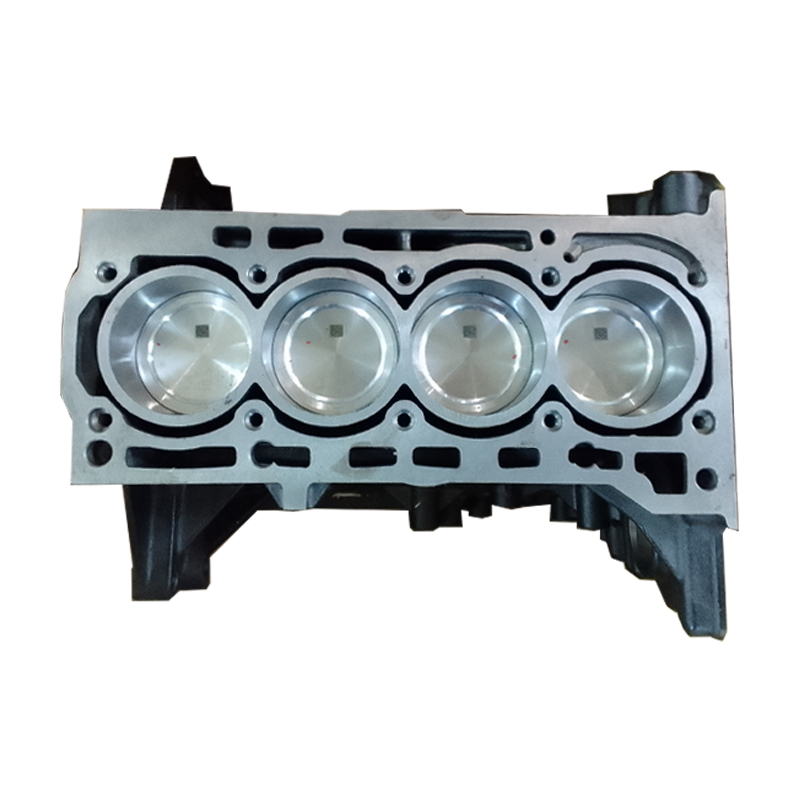Maximize productivity with a powerful clp engine.
Maximize productivity with a powerful clp engine.
Blog Article
Exactly How a Clp Engine Can Enhance Performance in Various Industries
The introduction of CLP engines notes a substantial change in functional efficiency throughout numerous industries, driven by their ability to enhance gas intake and decrease downtime. Industries such as manufacturing and logistics stand to get considerably from their robust design and regular power output, which assure to simplify operations and improve productivity. As companies significantly prioritize sustainability alongside efficiency, the duty of CLP engines ends up being even extra essential. What remains to be seen is exactly how these improvements will shape the future landscape of industrial procedures and their effect on more comprehensive financial fads (clp engine).
Review of CLP Engines
CLP engines, or Constant Liquid Propellant engines, represent a substantial advancement in propulsion innovation, specifically for area applications. These engines use a continual feed system that permits for the sustained expulsion of propellant, causing boosted effectiveness and performance compared to standard solid or hybrid propulsion systems. By keeping a continuous flow of fluid propellant, CLP engines can achieve extra accurate drive control, which is crucial for steering spacecraft in numerous goal scenarios.
The style of CLP engines incorporates innovative materials and cutting-edge fuel monitoring systems. clp engine. This results in minimized weight and increased reliability, essential factors for long-duration room goals. The constant procedure decreases the risk of combustion instability, an usual difficulty in traditional rocket engines.

Benefits in Manufacturing
The manufacturing of Continual Fluid Propellant (CLP) engines provides numerous notable advantages that improve both effectiveness and cost-effectiveness. Among the main benefits is the structured manufacturing procedure, which reduces the intricacy associated with standard propulsion systems. By making use of liquid propellant, makers can attain greater accuracy in engine performance, bring about enhanced power output and decreased waste.
In addition, CLP engines assist in a higher degree of modularity, permitting easier assimilation into different production lines. This flexibility can significantly reduce lead times and improve overall operational flexibility. Using CLP technology also often tends to minimize the demand for comprehensive upkeep due to less relocating parts, which converts right into lowered downtime and functional costs.

Applications in Logistics
Leveraging Constant Fluid Propellant (CLP) engines in logistics provides considerable advantages in functional effectiveness and dependability. These engines offer a robust option for numerous transportation demands, enabling the seamless motion of goods throughout vast distances. The integral style of CLP engines enables constant power outcome, which translates right into smoother and more predictable transportation routines.
One of the vital applications navigate to this site of CLP engines in logistics is in durable freight transport, where they can drive both ground and aerial cars. Their capability to keep high efficiency under differing lots problems ensures that shipment timelines are fulfilled, therefore enhancing consumer contentment. In addition, CLP engines can be integrated into automated logistics systems, helping with real-time tracking and optimizing route preparation.
In addition, the resilience of CLP engines minimizes maintenance downtime, permitting logistics companies to optimize their operational capabilities. This is especially helpful in warehousing operations, where effectiveness in dealing with and transporting items is vital. As logistics proceeds to develop, the integration of CLP engines stands for a forward-thinking approach that not only improves performance however additionally sustains the sector's expanding needs for reliability and speed.
Influence On Power Effectiveness
How do Continual Fluid Propellant (CLP) engines improve energy efficiency in transport? CLP engines utilize a consistent flow of liquid gas, maximizing burning processes and maintaining a stable drive result. This design decreases power losses related to standard burning engines, where fuel shipment can differ and cause inefficiencies.
The continuous procedure of CLP engines enables for a more efficient thermal cycle, causing greater specific impulse contrasted to conventional engines. clp engine. This translates to reduced gas usage for the exact same quantity of job done, substantially reducing functional prices throughout various transport fields, including aviation and maritime sectors
Additionally, the capacity of CLP engines to preserve optimum efficiency under differing lots problems reduces the requirement for constant velocity and deceleration, even more improving fuel performance. Enhanced energy efficiency not only adds to set you back savings however also brings about lower greenhouse gas exhausts, aligning with worldwide sustainability goals.
Future Trends and Innovations
Arising advancements in Continual Liquid Propellant (CLP) engine technology assurance to change the landscape of transport performance and sustainability. As industries pivot towards greener choices, CLP engines stand at the forefront, integrating ingenious products and design methods that boost performance while reducing environmental impact.
Among one of the most appealing fads is the adoption of hybrid systems that combine CLP engines with renewable energy sources. This synergy can maximize fuel usage and lower exhausts, have a peek at these guys aligning with international sustainability objectives. Moreover, improvements in computational liquid dynamics (CFD) are helping with the style of even more aerodynamically reliable engines, bring about lowered drag and boosted fuel effectiveness.
Moreover, the development of wise surveillance systems is set to boost functional effectiveness. These systems utilize information analytics and IoT modern technology to maximize engine efficiency in real-time, making sure that the engines run within their most effective criteria.
As study remains to discover alternative propellant solutions-- such as biofuels and synthetic gas-- the future of CLP engines looks appealing. By using these advancements, markets can not only boost their performance however additionally add substantially to a cleaner, more sustainable future in transportation.
Conclusion
In final thought, CLP engines stand for a considerable advancement in effectiveness across several sectors. The combination of innovative materials and fewer moving components minimizes upkeep requirements, while positioning with sustainability objectives positions CLP engines as a critical modern technology for the future.
Report this page